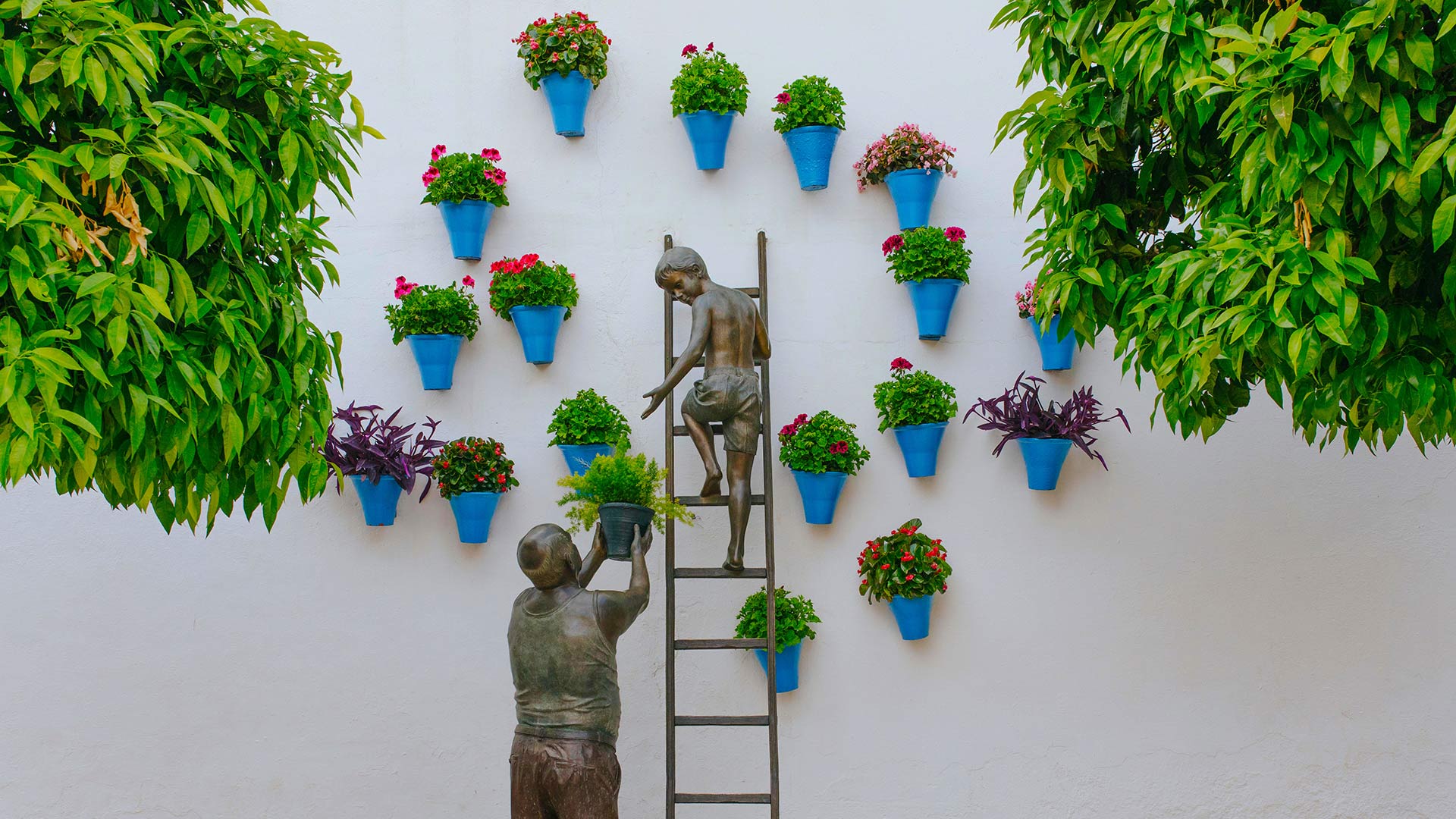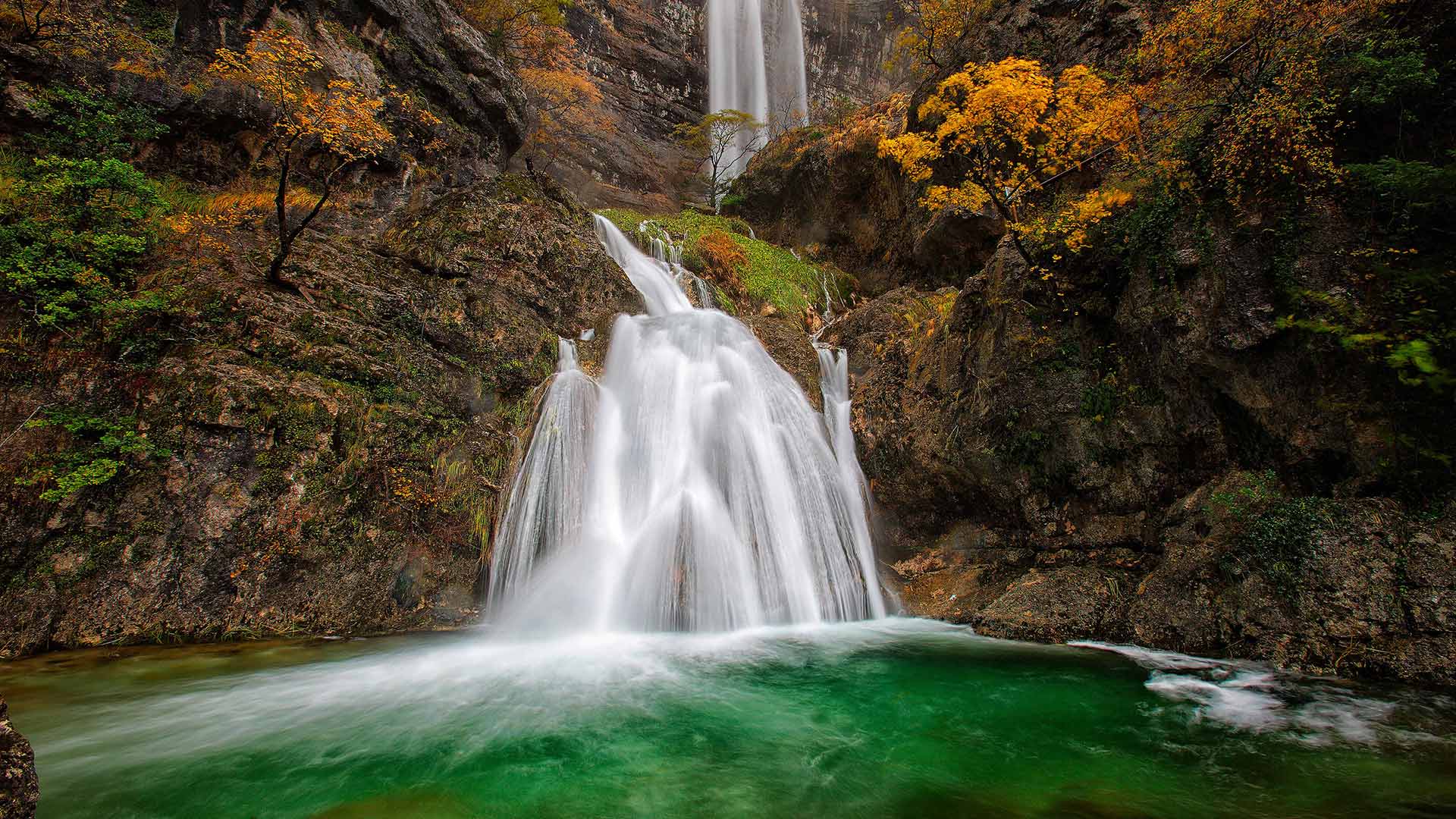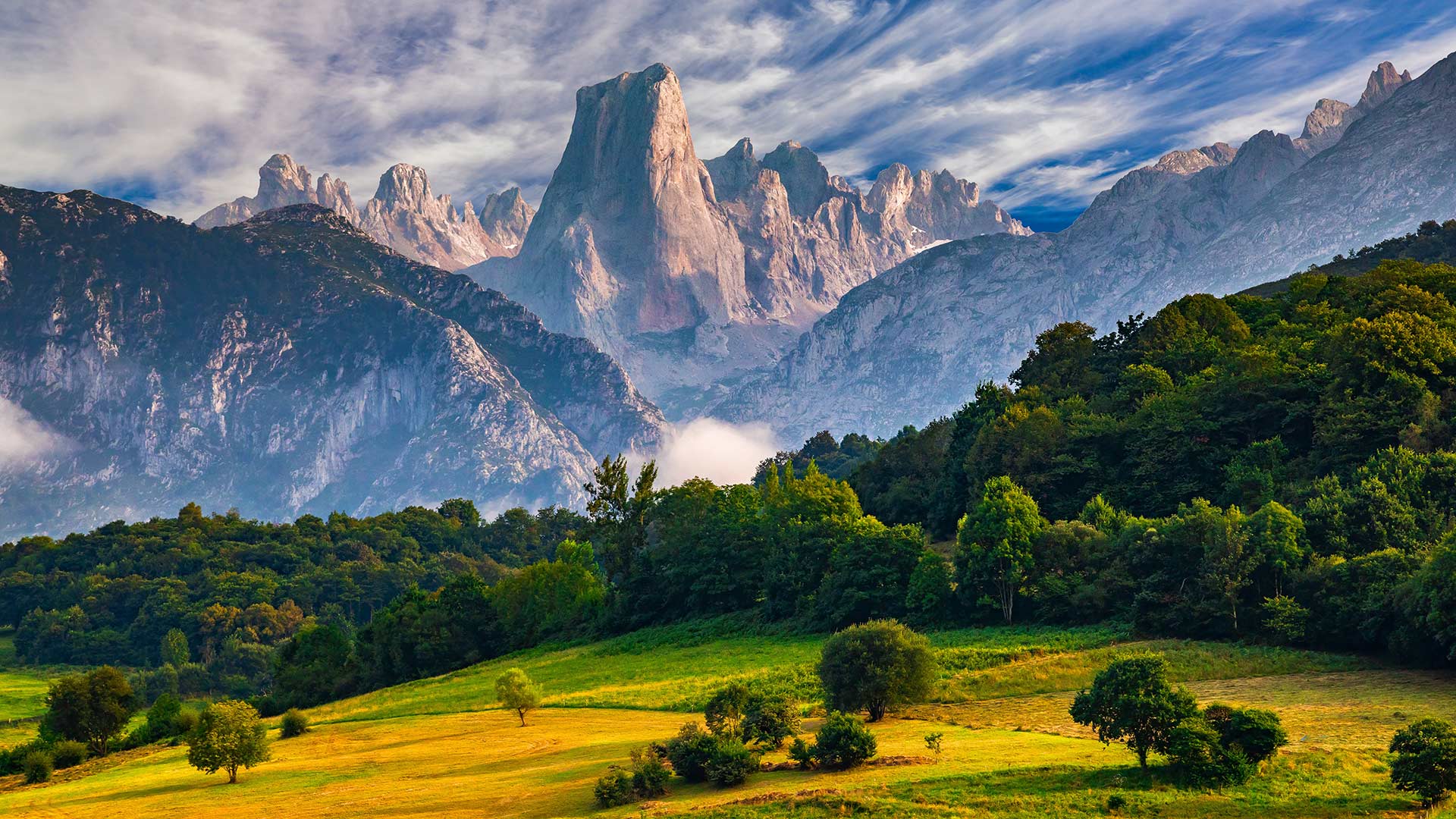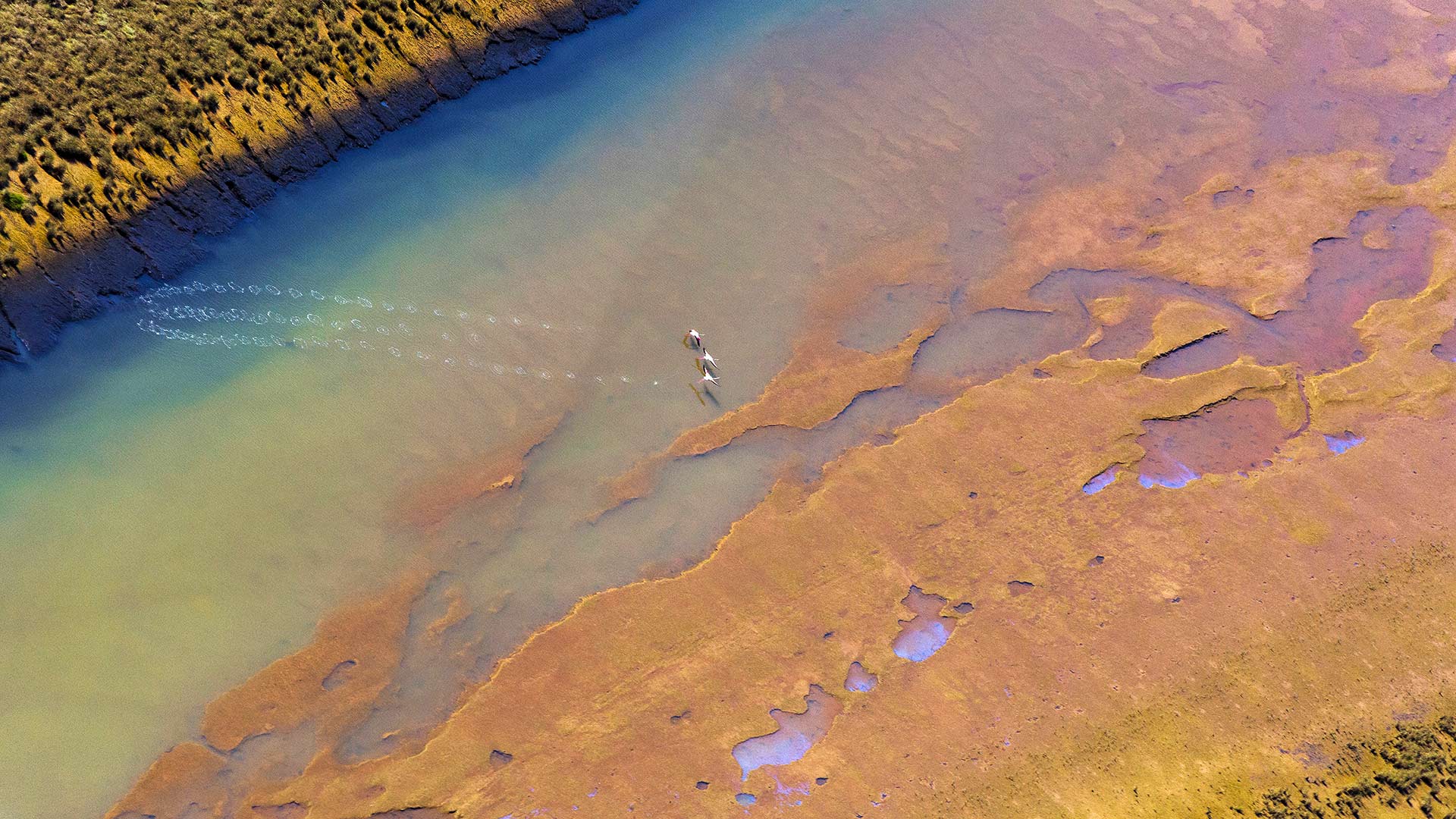标签 西班牙 下的文章
正在照看花草的孩子和祖父铜雕,西班牙科尔多瓦 (© David M G/Alamy)
拉斯梅德拉斯的古罗马金矿遗址,西班牙莱昂 Ancient Roman gold mining site of Las Médulas, León, Spain (© DEEPOL by plainpicture/David Santiago Garcia)
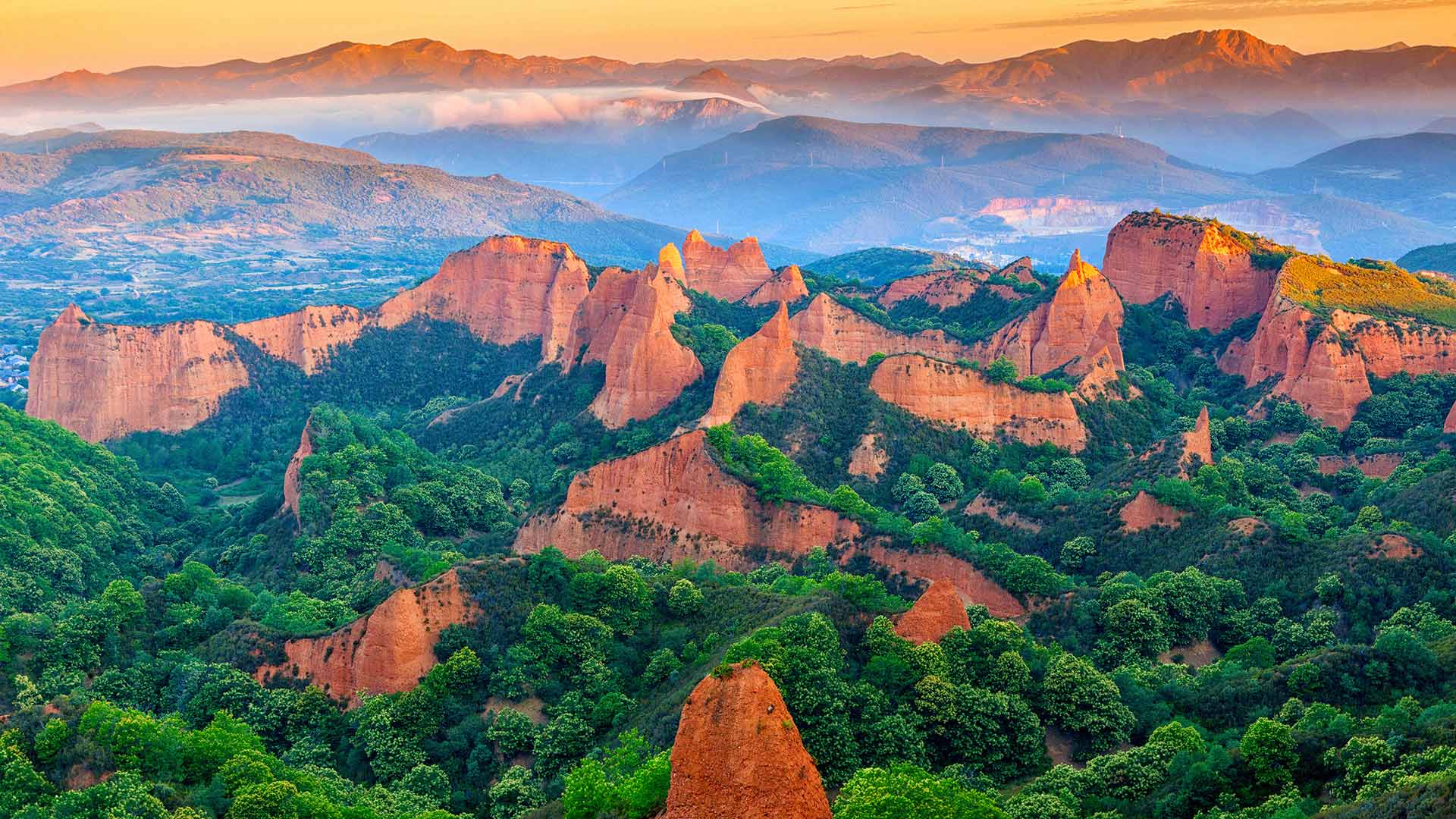
拉斯梅德拉斯的古罗马金矿遗址,西班牙莱昂 Ancient Roman gold mining site of Las Médulas, León, Spain (© DEEPOL by plainpicture/David Santiago Garcia)
The largest gold mine of the roman empire
This landscape might look natural, but it is not. At least not at a 100%. What you can see in our picture today is Las Médulas Cultural Park, in León, Spain, an ancient roman gold mining site which was as well the largest open pit one of the whole Empire.
Romans started exploiting it in the 1st century and continued doing so for 150 years at least. They removed more than 500 million cubic meters of earth and transformed the landscape forever. To extract gold they dug a complex system of tunnels inside the hills and then poured water in it to fragment the rock. It is estimated that more than 20.000 people worked in this site.
The exploitation was definitively abandoned in the 3rd century, and from that moment nature recovered what was its own. Oak trees and holm oaks grew again, and hundreds of chestnuts trees were planted. Wildlife includes roe deers, wildcats and boars, among other species.
悬崖边的福门托尔角灯塔,西班牙马略卡岛 Formentor lighthouse at the tip of Cap de Formentor, Mallorca, Spain (© Lasse Eklöf/DEEPOL by plainpicture)
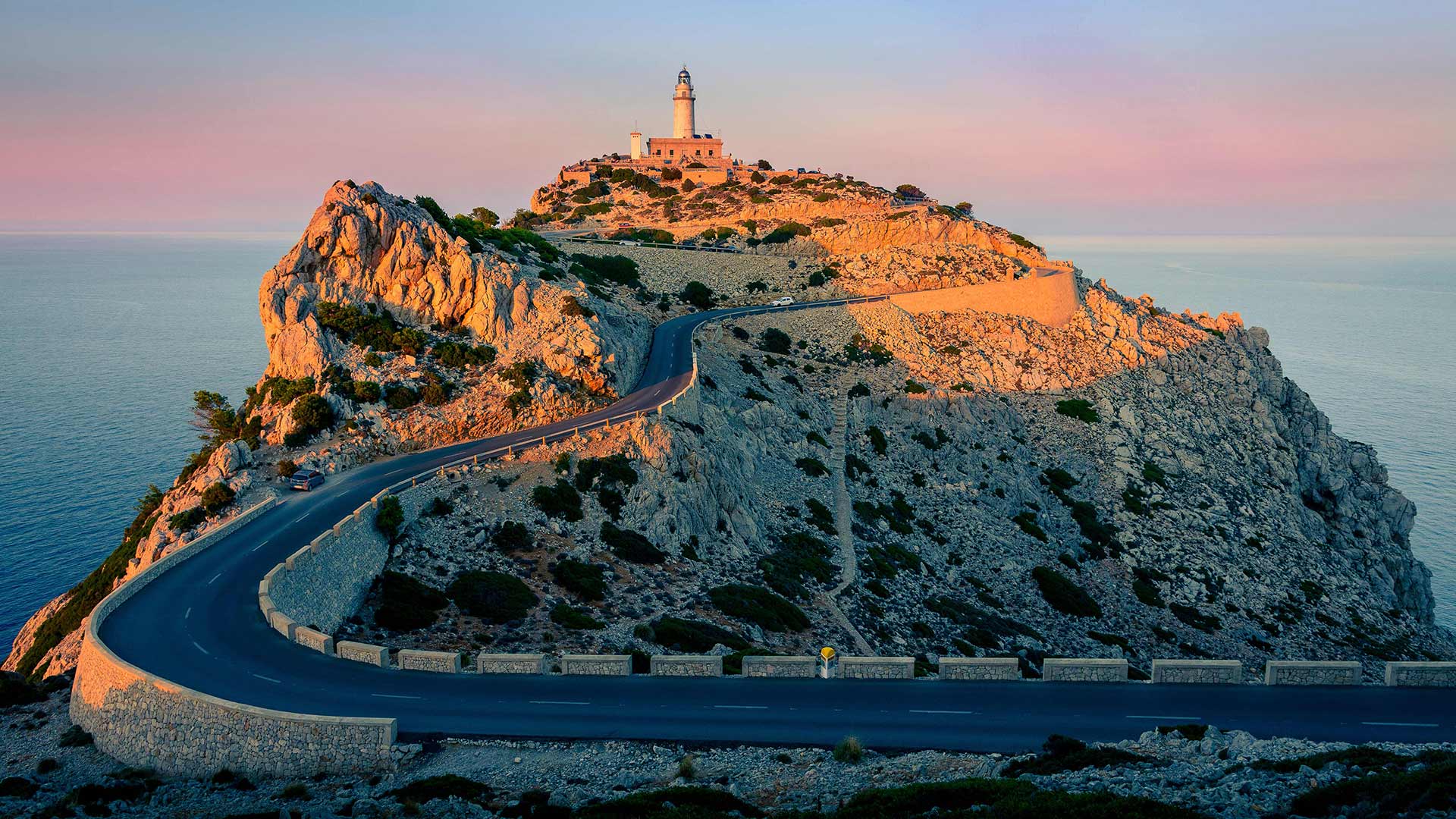
悬崖边的福门托尔角灯塔,西班牙马略卡岛 Formentor lighthouse at the tip of Cap de Formentor, Mallorca, Spain (© Lasse Eklöf/DEEPOL by plainpicture)
The meeting point of the winds
We're at the northernmost tip of Mallorca's rugged Cap de Formentor, a seven-mile long slab of rock that's home to one of the most picturesque lighthouses on the Mediterranean Sea. Built atop this Spanish island in 1863 at 689 feet above sea level, the beacon still shines (by solar power now), protecting ships from the rocky coastline below. The wild and rugged Cap de Formentor is accessible by a twisty road that offers incomparable views along the way—including several beautiful beaches and, since 1929, the Hotel Formentor, a glamorous icon for Mediterranean jetsetters. During its heyday in the mid-20th century, the hotel was a destination for writers and celebrities such as Charlie Chaplin, Elizabeth Taylor, Audrey Hepburn, Grace Kelly, and the Prince of Monaco. Today, the cape is less known for its star-studded past and more for protecting and conserving its natural and unspoiled beauty.
大西洋和特内里费山脉上空的流云,西班牙加那利群岛 Flowing clouds over the Atlantic Ocean and Tenerife mountains, Canary Islands, Spain (© MikeMareen/iStock/Getty Images Plus)

大西洋和特内里费山脉上空的流云,西班牙加那利群岛 Flowing clouds over the Atlantic Ocean and Tenerife mountains, Canary Islands, Spain (© MikeMareen/iStock/Getty Images Plus)
Sea of clouds
What you can see in our photo is a sea of clouds over the island of Tenerife, in Spain, a very common atmospheric phenomenon in the Canary archipelago. It is formed when the Trade winds arriving full of humidity from the ocean cannot rise due to a temperature inversion experimented above, so they form stracocumulus between 500 and 1,500 meters high.
Stratocumulus are large round shaped clouds formed in low altitude that cannot develop vertically because the dry and stable atmosphere above prevents them from rising. In addition to this, in north Tenerife they usually get stucked in the skirts of the mountains. That is why this place is one of the best to watch these flowing clouds. Its colour is usually dark, but at certain moments, such as at dawn showed in our image, the clouds acquire a bluish hue similar to the sea.
蒙多河源头的瀑布,西班牙阿尔瓦赛特里奥帕尔 (© Westend61/Getty Images)
欧罗巴山Los Argaos山脉上的日落,西班牙阿斯图里亚斯 (© jregueiro/Getty Images)
Las Catedrales海滩,西班牙加利西亚 (© Davide Seddio/Getty Images)
西班牙的藏红花 Saffron flowers in Spain (© Juan-Carlos Munoz/Minden Pictures)
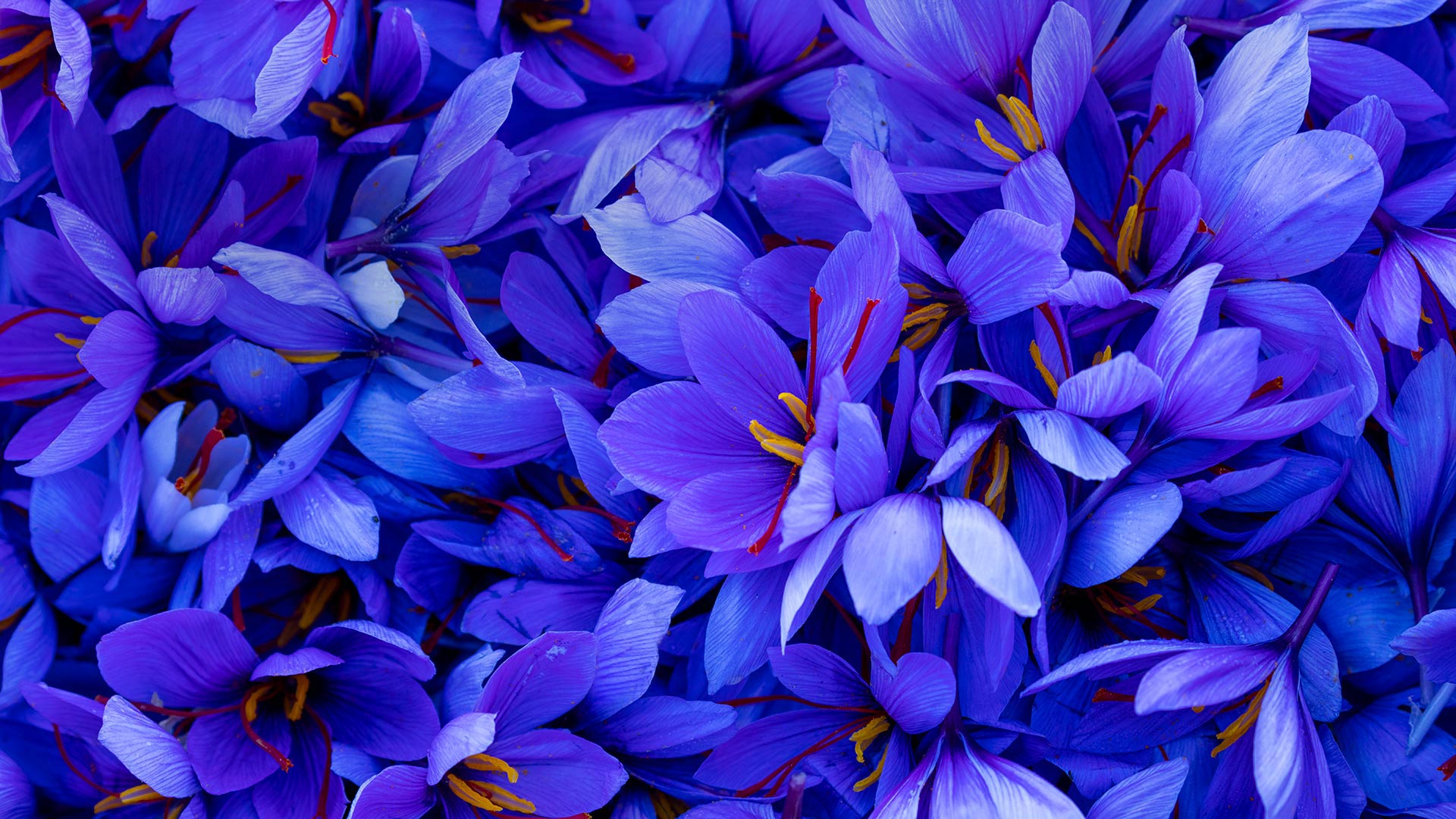
西班牙的藏红花 Saffron flowers in Spain (© Juan-Carlos Munoz/Minden Pictures)
Saffron in bloom
It's harvest time for saffron, the precious seasoning that's mostly grown in Iran, but used in cuisines around the world. Saffron is derived from the saffron crocus, an autumn-flowering plant with purple petals as richly hued as the vivid crimson stigmas (called 'threads') in the center of the bloom. These threads are carefully extracted by hand with tweezers and dried before they're used for cooking. Each flower comes with just three threads, and it takes a lot of them—roughly 75,000 crocuses will yield just one pound of saffron. The entire harvest can last only about a week or two, because that's the short life of the saffron crocus bloom.
This time of year, the small Spanish town of Consuegra celebrates the end of the harvest season. This is home to some of Spain's best-preserved windmills, which traditionally milled the wheat grown in the region. During Consuegra's Festival de la Rosa del Azafrán (Festival of the Rose of Saffron) locals dress in traditional clothing and ceremonially grind some wheat from one of the old windmills. But feasting on regional cuisine is the highlight of the festival, and saffron is at the center of activities, complete with saffron extracting competition. The contest honors the difficulty of picking the threads from the flower.
